Significance
Chang Ho Temple was initially proposed by officials and funded by the public. At the time, in addition to being one of Hsinchu’s three main temples, it also served as a meeting space for local shop owners, boat owners, and export dealers by the port. More importantly, Chang Ho Temple was the most important religious center for worshippers of Mazu in the Hsinchu area. Shui Xian Temple was constructed to the left of Chang Ho Temple in 1863 in a similar style to the original, creating a curious tableau of side-by-side temples that is unique in the history of temple development in Taiwan. Hsinchu Chang Ho Temple has preserved a large number of cultural and historical relics, including Mazu’s imperial chair (luányǐ) and the phoenix crown, robes of rank, and tiny embroidered slippers (three-tsun lotus shoes) that were worn by the Mazu statue when the statue traveled from Fujian Province’s Meizhou Island (said to be the birthplace of Mazu) to Hsinchu in the 18th century, as well as other precious artifacts such as her embroidered purse and a precious Ming-style bronze temple incense burner.
History
Due to the fact that Chang Ho Temple was built outside the north gate of old Hsinchu City, it is commonly called the Outer Mazu Temple. It is regarded as one of Hsinchu’s three main temples, along with Chu-Lian Temple and Hsinchu City God Temple. Its construction can be traced back to the mid-18th century. At the time, trade in the Hsinchu area was centered around the port outside the north gate of the city, making it a busy water route. Export dealers formed a business association and together gained permission to bring Mazu over from the Meizhou Mazu Temple in China for blessings and to ensure safe journeys through the treacherous currents of the Taiwan Strait. They then constructed a temple outside the north gate in 1742, mainly to enshrine Mazu from Meizhou, but also to worship the Emperor of Water and the Water Dukes (the Shui Xian Deities). The first restoration work on Chang Ho Temple took place in 1819, and Shui Xian Temple was constructed to the left of it in 1863. The Water Dukes were moved from the back hall of Chang Ho Temple to become the main deities of Shui Xian Temple, with Guanyin (the Goddess of Mercy) taking up their former position in the rear hall. It was in this manner that the peculiar circumstance of two temples standing alongside one another came into being. Several more renovations took place during and after the Japanese occupation, including the addition of Wenchang Hall in 1980. In 1985, Chang Ho Temple was designated as one of Hsinchu’s municipal historical sites.
Special Features
1Shoulder to Shoulder Temples
 The shoulder-to-shoulder Chang Ho and Shui Xian Temples give viewers a singular opportunity to view two parallel temples with similar interior architecture. Despite a gap in construction of well over a century, the two look as if they had been designed by the same architect. Chang Ho Temple follows a classic design of three jin and three kaijian (jin and kaijian are traditional Chinese architectural units; the former refers to the number of doors one must go through to reach the main part of the building and the latter denotes to the size of a building’s façade). An additional two corridors run along the sides. The main hall has a rounded roof ridge and lion sculptures in the deidou style, which is a type of architectural bracket. Large flagstones for worshippers to stand on while praying are embedded along the center line of the floor. The four main columns upholding the roof support a three-beamed five-strut load-bearing system; secondary columns at the rear of the hall form the enclosed shrine. The rear hall is the Zhu An Shrine that houses Guanyin. It was constructed with the same three-beamed five-strut system, but the roof is slightly lower than the main hall. Shui Xian Temple, constructed in the 19th century, has two halls with a courtyard and two corridors. It is connected to Chang Ho Temple with a door formed by yuanguang (an architectural element consisting of a highly decorated horizontal beam connecting two columns that forms a throughway). The yuanguang under the eaves stands out for its unique scroll shape. The wooden structures at the front and back of the Sanchuan (front) hall mirror each other; such a design is rarely seen in temple architecture. Shui Xian Temple was also designated as one of Hsinchu’s municipal historical sites in 1998.
The shoulder-to-shoulder Chang Ho and Shui Xian Temples give viewers a singular opportunity to view two parallel temples with similar interior architecture. Despite a gap in construction of well over a century, the two look as if they had been designed by the same architect. Chang Ho Temple follows a classic design of three jin and three kaijian (jin and kaijian are traditional Chinese architectural units; the former refers to the number of doors one must go through to reach the main part of the building and the latter denotes to the size of a building’s façade). An additional two corridors run along the sides. The main hall has a rounded roof ridge and lion sculptures in the deidou style, which is a type of architectural bracket. Large flagstones for worshippers to stand on while praying are embedded along the center line of the floor. The four main columns upholding the roof support a three-beamed five-strut load-bearing system; secondary columns at the rear of the hall form the enclosed shrine. The rear hall is the Zhu An Shrine that houses Guanyin. It was constructed with the same three-beamed five-strut system, but the roof is slightly lower than the main hall. Shui Xian Temple, constructed in the 19th century, has two halls with a courtyard and two corridors. It is connected to Chang Ho Temple with a door formed by yuanguang (an architectural element consisting of a highly decorated horizontal beam connecting two columns that forms a throughway). The yuanguang under the eaves stands out for its unique scroll shape. The wooden structures at the front and back of the Sanchuan (front) hall mirror each other; such a design is rarely seen in temple architecture. Shui Xian Temple was also designated as one of Hsinchu’s municipal historical sites in 1998.
2Mazu Statue with Movable Limbs According to records, when Mazu passed away in 987 C.E., Meizhou Mazu Temple preserved some tresses of Her hair. The hair was separated into three portions to create the hair for three statues of Mazu, all of which had movable limbs. Thus it is believed that the chignon on the Mazu statue enshrined in the main hall of Chang Ho temple is an actual relic of Mazu herself, making it extremely precious. The phoenix crown and robes of rank, the gown, the three-tsun lotus shoes, and the embroidered purse that were originally brought across from China have a history of over 270 years and are now stored in the temple collections.
According to records, when Mazu passed away in 987 C.E., Meizhou Mazu Temple preserved some tresses of Her hair. The hair was separated into three portions to create the hair for three statues of Mazu, all of which had movable limbs. Thus it is believed that the chignon on the Mazu statue enshrined in the main hall of Chang Ho temple is an actual relic of Mazu herself, making it extremely precious. The phoenix crown and robes of rank, the gown, the three-tsun lotus shoes, and the embroidered purse that were originally brought across from China have a history of over 270 years and are now stored in the temple collections.
3The Precious Bronze Incense Burner and the Red Jade Incense BurnerThe large bronze incense burner currently kept by the temple is a replica of the original one made in the 15th century and is notable for its rustic simplicity. The Red Jade Incense Burner is the original; it was made with the finest craftsmanship in 1820. The four characters carved into its surface mean “The Holy Mother Above,” another appellation for Mazu.
4Paintings of the Door GodsThe paintings in Chang Ho Temple and Shui Xian Temple are the works of Pan Yue-xiong (1943 – present), the son of the great painter Pan Li-shui (1914 – 1995). The paintings were created with a traditional Chinese method involving rubbing a wood surface with ash and spackling over any holes or cracks, then covering the wood with a linen canvas which is primed with alternating layers of ash and tung oil, similar to a gesso coating, until the surface is flat and smooth. The paintings include portraits of the two door gods—Qin Shubao and Yuchi Gong—at the front gate, palace maids at the side doors, and other historical figures along with depictions of plants and animals on the beams and columns. Paintings can be found everywhere in the two temples.
Reminders
The 23rd day of the 3rd lunar month, Mazu’s birthday, marks the most significant festival of the year at Chang Ho temple. Typically, a grand and solemn royal tour back to Meizhou Mazu Temple is held every three years. The 9th day of the 9th lunar month marks the day Mazu fulfills her duty to the world and ascends to heaven, and the festival held on this day is always heavily anticipated and celebrated.
Panoramic
Directions